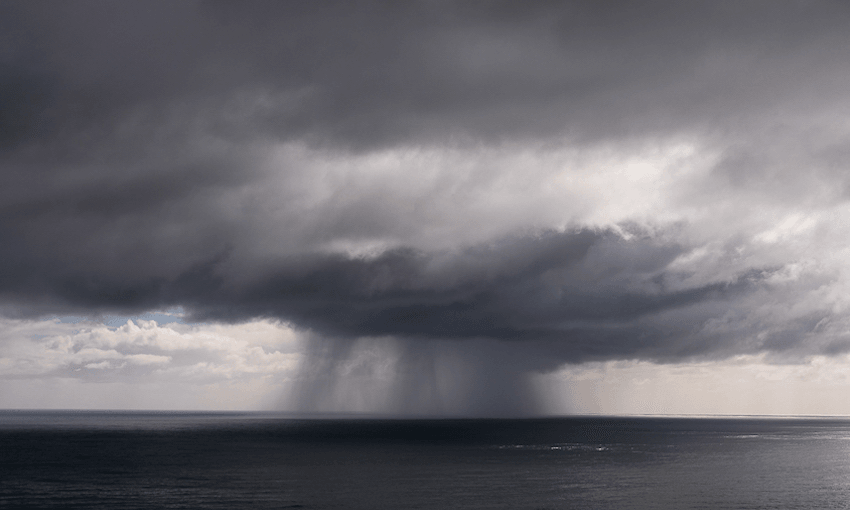An extract from West Coast photographer Julia Johnston’s upcoming book Coast Roaders with an introduction by her for Spinoff readers. Johnston speaks as part of the biennial Photobook NZ festival in Wellington on Sunday 8 March.
I grew up in a place where mountains meet the sea. In the middle of it all is a road, a thread that weaves its way between rugged cliffs and relentless tides. The road led a community to meet each other side on. Together they formed a closely bound neighbourhood that stretched for miles.
I was born in the mid 90s. A dreamy middle child of three, from a family of home schooled children. Our days were spent with our feet in the earth and sand, exploring the magnificent backyard we had been blessed with. It was our kingdom. We hung from the trees, crafted huts in the undergrowth, paddled through streams catching koura, clambered over boulders, and dived fearlessly into the thrashing sea. Our lives were always orchestrated by the cacophony of an environment that was fiercely alive.
My mother often called our neighbours eccentric, and I suppose in many ways they were. The folk who lived there were independent, passionate and real. They had formed a life amongst the elements, in harmony with the incessant rain and consistent swarming of sandflies. Incredible tales of their adventures filled my childhood and they became my heroes. Some came together at wild beach parties slurping from tall glasses of red wine, striding around barefoot, laughing and dancing beneath the swaying nikau palms. Others welcomed us into their homes – salt-washed shacks, tunneling labyrinths, recycled towers surrounded by bush. Mossy timber habitats where small gardens sprouted amongst profusions of coprosma and ferns.
It’s now been ten years since I left my childhood home yet I still feel just as connected to the place and to its people as I ever was. Place is important to us. It affects us and connects us all. The characters in this book are the Coast Roaders, a community of dwellers who reside by a long ocean highway in one of New Zealand’s remotest regions. Their windows are the last to be lit by the setting sun.


